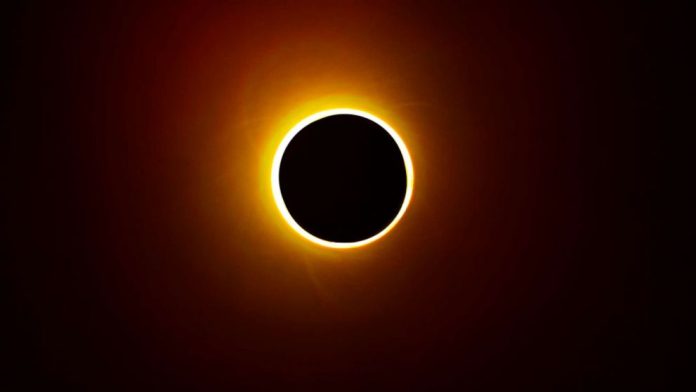This week, skywatchers will enjoy an exciting lineup of celestial events, including a bright comet, a solar eclipse, strong auroras, and a “mini moon.” Here’s everything you need to know about these astronomical occurrences.
Comet A3 Visibility
When: September 30 to October 2
Where: Visible in the Eastern sky from the Northern Hemisphere
Comet A3, also known as Comet Tsuchinshan-ATLAS (C/2023 A3), is becoming bright enough to be seen with the naked eye. While it will reach its closest point to Earth—about 44 million miles (71 million kilometers) away—on October 12, early risers can spot it before sunrise this week.
Viewing Schedule:
- Monday, Sept. 30: Look for Comet A3 to the lower-right of a 5%-lit crescent moon in the east.
- Tuesday, Oct. 1: Comet A3 will appear on the right side, with a 1.5%-lit crescent moon on the left.
- Wednesday, Oct. 2: The comet will shine alone against a dark sky, with the bright star Regulus above it.
“Ring of Fire” Solar Eclipse
When: October 2
Where: Southern Hemisphere
On October 2, a “ring of fire” annular solar eclipse will occur, covering about 93% of the sun’s disk with the moon. This eclipse will be visible from locations like Easter Island and parts of southern Chile and Argentina. During this event, viewers must wear solar eclipse glasses, as it will not get dark, and the sun’s corona will not be visible.
New “Mini Moon”
When: September 29 to November 25
Where: East from the Northern Hemisphere
Starting September 29, a near-Earth asteroid, designated 2024 PT5, will temporarily enter Earth’s orbit as a “mini moon.” This small object, about 11 meters in diameter, will remain in orbit for 57 days before leaving on November 25. It will be visible only through large telescopes.
Crescent Moon and Venus
When: October 5 and 6
Where: Western sky after sunset
Take a break from early morning comet-viewing to enjoy the waxing crescent moon near Venus in the western sky. On October 5, look for a 6%-lit crescent moon located about three degrees below and to the left of Venus. On October 6, the crescent moon will move farther to the left of Venus, creating a beautiful sight.
Strong Aurora Displays
When: Late September to early October
Where: Northern sky
The equinox, which occurred on September 22, often leads to more intense displays of the northern lights (aurora). This phenomenon, known as the Russell-McPherron Effect, suggests that the alignment of Earth’s magnetic fields and solar winds can enhance aurora activity. Skywatchers should keep an eye out for strong displays this week.














